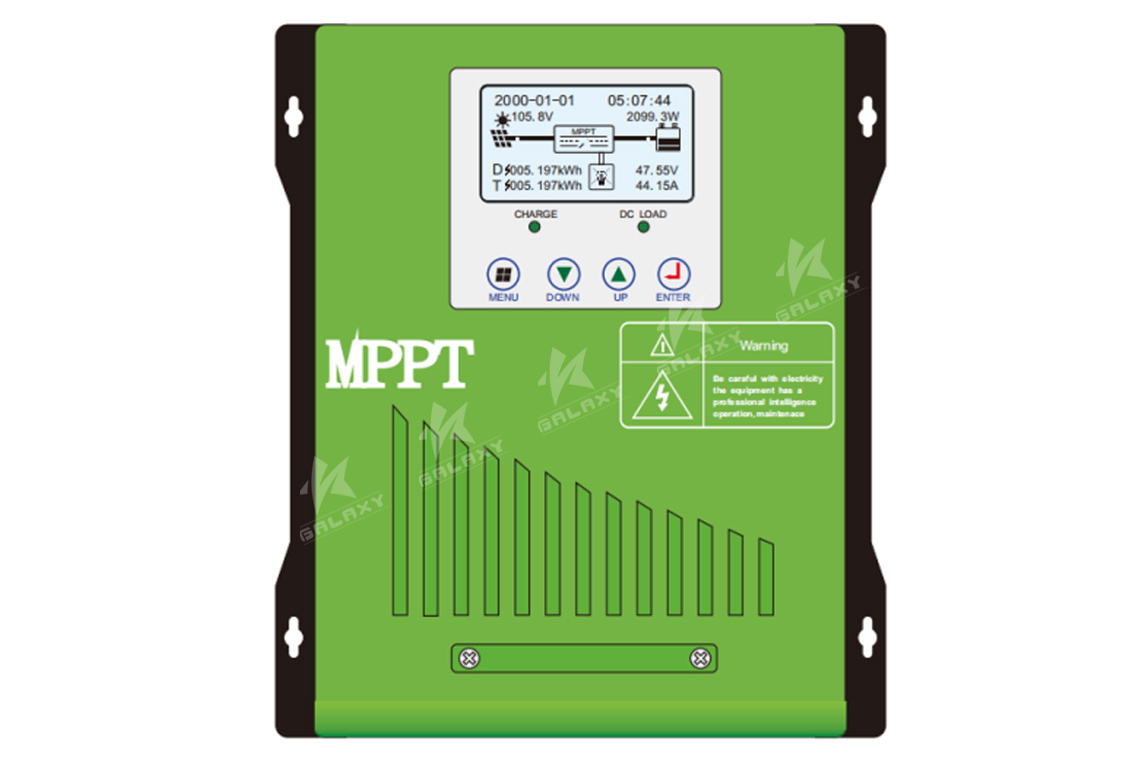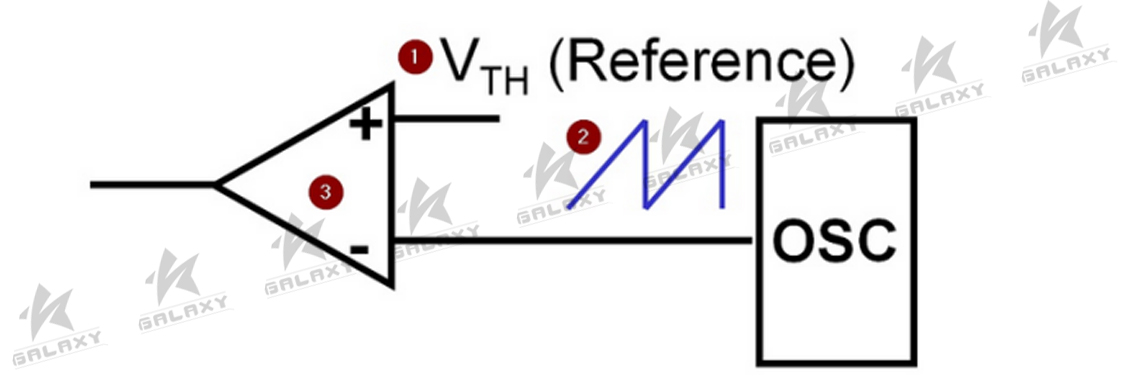BLOG
Introduction of MPPT and PWM
The full name of the MPPT controller is Maximum Power Point Tracking (MPPT) solar controller, which is an upgrade of the traditional solar charging and discharging controller.
The MPPT controller can detect the generating voltage of the solar panel in real time, and track the highest voltage current value (VI), so that the system can charge the battery at the maximum power output. Applied to the solar photovoltaic system, coordinate the work of solar panels, batteries and loads, is the brain of the photovoltaic system.
Maximum Power Point Tracking (MPPT) system is an electrical system that can adjust the working state of the electrical module so that the photovoltaic panel can output more electric energy. It can effectively store the direct current from the solar panel in the battery. It can effectively solve the problem of living and industrial electricity consumption in remote areas and tourist areas which cannot be covered by conventional power grid, without environmental pollution.
The output power of photovoltaic cells is related to the working voltage of MPPT controller. Only when working at the most suitable voltage, its output power will have a unique maximum.
The Principle of MPPT
To charge a battery, the output voltage of the solar panel must be higher than the current voltage of the battery. If the voltage of the solar panel is lower than the voltage of the battery, the output current will be close to zero. So, to be on the safe side, when solar panels are manufactured, the peak voltage (VPP) of the solar panel is around 17V, which is the standard for ambient temperatures of 25°C. When the weather is very hot, the solar panel's peak voltage VPP drops to about 15V, but in cold weather, the solar's peak voltage VPP can reach 18V. (VPP-Voltage Peak-Peak) (vpp-voltage peak-peak)
The difference between MPPT solar controller and traditional solar controller:
The traditional solar charge and discharge controller is a bit like the manual transmission. When the engine speed increases, if the gear of the gearbox does not increase correspondingly, the speed is bound to be affected. But in the case of the MPPT solar controller, the charging parameters are set before the factory, which means that the MPPT controller tracks the maximum power point of the solar panel in real time to maximize the efficiency of the solar panel. The higher the voltage, the more power can be output through maximum power tracking, thus improving charging efficiency.
In theory, a solar power system using MPPT controllers would be 50% more efficient than a conventional one, but in our actual tests, it could be 20% to 30% more efficient due to environmental impacts and various energy losses.
The Function of MPPT
Main functions of MPPT controller: detect the DC voltage and output current of the main circuit, calculate the output power of the solar array, and realize the tracking of the maximum power point. The disturbance resistance R is connected with the MOSFET in series. Under the condition that the output voltage is basically stable, the average current through the resistance is changed by changing the duty ratio of the MOSFET, so the current disturbance is generated. At the same time, the output current and voltage of photovoltaic cells will also change accordingly. By measuring the changes in the output power and voltage of photovoltaic cells before and after the disturbance, to determine the direction of disturbance in the next cycle. When the disturbance direction is correct, the output power of solar panels increases, and the next cycle continues to be disturbed in the same direction. Repeated perturbation and observation make the output of solar photovoltaic panel reach the maximum power point.
MPPT Method
MPPT control methods, such as constant voltage tracking method, short circuit current proportional coefficient method and interpolation calculation method.
The closed-loop MPPT method realizes MPPT through the real-time measurement and closed-loop control of the output voltage and current value of photovoltaic cells. The most widely used self-optimizing algorithm belongs to this class. New Perturbation and Observation Method (P&O) and Incremental Conductance (INC) are typical self-optimizing MPPT algorithms.

PWM stands for Pulse-width modulation, and is a way of reducing the average power transmitted by the active electrical signal by dispersing it into a discrete form;
The principle of PWM implementation is to compare the waveform (modulated wave) synthesized by sawtooth wave/triangle wave (carrier wave), and then determine the polarity of the output required by PWM, usually ON or OFF, because it is generally applied to the switching components; As shown below;

Advantage
One advantage of PWM is that signals from the processor to the controlled system are in digital form, eliminating the need for digital-to-analog conversion. Keeping the signal in digital form minimizes the noise impact. Noise can also have an effect on a digital signal only if it is strong enough to change logic 1 to logic 0 or to change logic 0 to logic 1.
Increased noise resistance is another advantage of PWM over analog control, and it is the main reason why PWM is used for communication at some point. Switching from analog to PWM can greatly extend the communication distance. At the receiving end, the modulating high frequency square wave can be filtered out and the signal can be restored to analog form by an appropriate RC or LC network.
In short, PWM is not only economical, space saving, noise resistance performance is strong, it is a kind of effective technology worth the majority of engineers in many design applications.
Application Field
PWM control technology is mainly used in the power electronics technology industry, specifically, including wind power generation, motor speed regulation, DC power supply and other fields, because of its four quadrant converter characteristics, can feedback regenerative braking energy, for today's national energy saving and emission reduction has a positive significance.